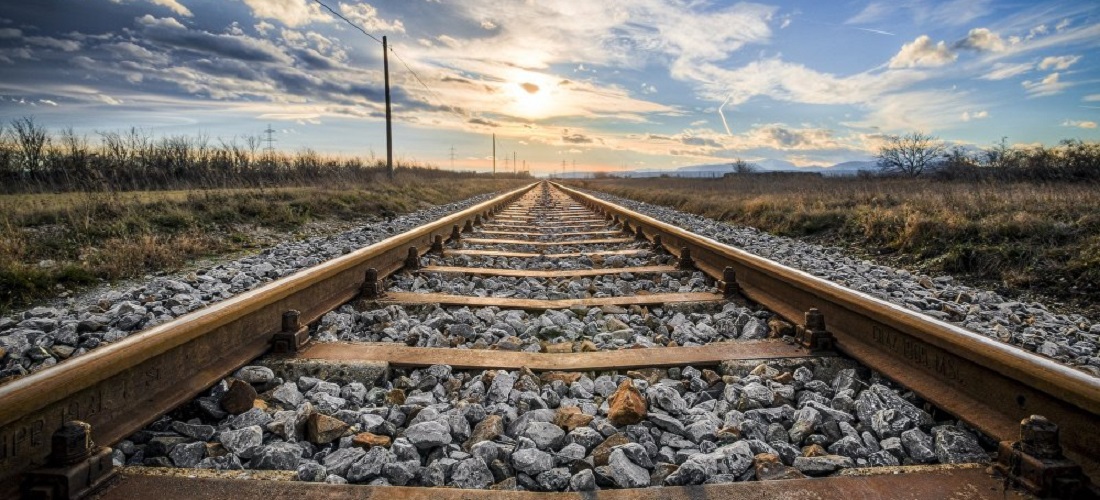
Santos Port struggles to encourage railway solutions for container transport
Sep, 14, 2023 Posted by Gabriel MalheirosWeek 202338
Road transportation methods continue to lead when it comes to cargo freight to the Port of Santos. According to data from the Santos Port Authority (APS), 101.8 million tonnes were transported on four wheels in 2022, while this number has already reached 60.4 million tonnes from January to July this year. The situation is quite different when railways come into play: 40.6 million tonnes in 2022 and 25.5 million tonnes in the first seven months of 2023.
The disparity in these numbers is historic and not limited to the Santos port complex; it is reflected throughout the country due to the decades-long priority given to highways. However, there are advantages to opting for railways. “They represent cost reduction, increased competitiveness in our economy, more road safety, accident reduction, a decrease in greenhouse gas emissions, and other benefits,” says port consultant Ivam Jardim.
The Federal Government aims to increase the use of export-bound commodities, especially grains, via the railway system. According to the Minister of Transportation, Renan Filho, the goal is to raise the railway’s share in the national transportation mix from 17% to 40%.
Addressing requests for contract revisions and returning concessions to unlock R$ 80 billion in investments is crucial for boosting railways. In early August, the Federal Audit Court (TCU) authorized public infrastructure contract-holders to renegotiate their concession contracts with the Federal Government.
“The new railway yard announced for the Right Bank is expected to aid in achieving greater balance and efficiency in railway freight to the port. Only improvements in operational circumstances and railway access will result in a greater proportion of the port’s transportation matrix for the railway. Investments in inland multimodal ports for cargo collection, as well as a shift away from bulk solids, have the potential to alter the current scenario,” says infrastructure expert and port consultant Rodrigo Paiva.
Containers
Civil engineer and master’s degree holder in Transportation Engineering from the Military Institute of Engineering, Luis Claudio Santana Montenegro recommends increasing railway container transportation. “To achieve this, we need to encourage the so-called express cargo train with well-defined and reliable schedules and frequencies since the logistics for higher value-added cargo is just-in-time,” he explains.
In Montenegro’s view, developing a container railway terminal on the Right Bank is necessary. He emphasizes that the project slated for the Saboó area will bring new developments in this regard: “There is enough interest from container terminals to develop increasingly integrated and efficient terminals. It is necessary to bring together concessionaires and independent railway operators with container port operators,” he adds.
According to Montenegro, all of this involves logistics support areas to coordinate train access and composition assembly and disassembly, freeing up space for integration with ship operations in port areas.
On the other hand, Ivam Jardim believes that the Port of Santos, which handles high-value-added cargo, cannot primarily focus on railways as the primary option because container transportation requires more agility, making road transport ideal for it.
“Moreover, for container operations to be efficient in the railway mode, complex works would be necessary in the Serra do Mar mountain range, which is not financially feasible, precisely due to the low capacity to capture this cargo compared to road transport competition,” he argues.
Commodities, Jardim reminds, have a natural inclination to be transported by railways. “An example of this is the pulp sector, where the implementation of a new industry is only viable if the logistics costs for port discharge are competitively scaled, with the location of this industrial plant defined based on the need for railway operation as one of the criteria.”
Source: A Tribuna
To read the original news report, see: https://www.atribuna.com.br/noticias/portomar/modal-ferroviario-tem-como-desafio-atrair-mais-cargas-no-porto-de-santos
-
Meat
May, 09, 2023
0
Paraguay closer to selling beef again to the US
-
Trade Regulations
Sep, 03, 2019
0
China charges WTO against US tariffs
-
Other Cargo
Jul, 07, 2022
0
Companies from Egypt, Brazil sign fertilizer agreement
-
Shipping
May, 06, 2021
0
At least two more years of freight rate pain for shippers as carriers ‘cash in’


